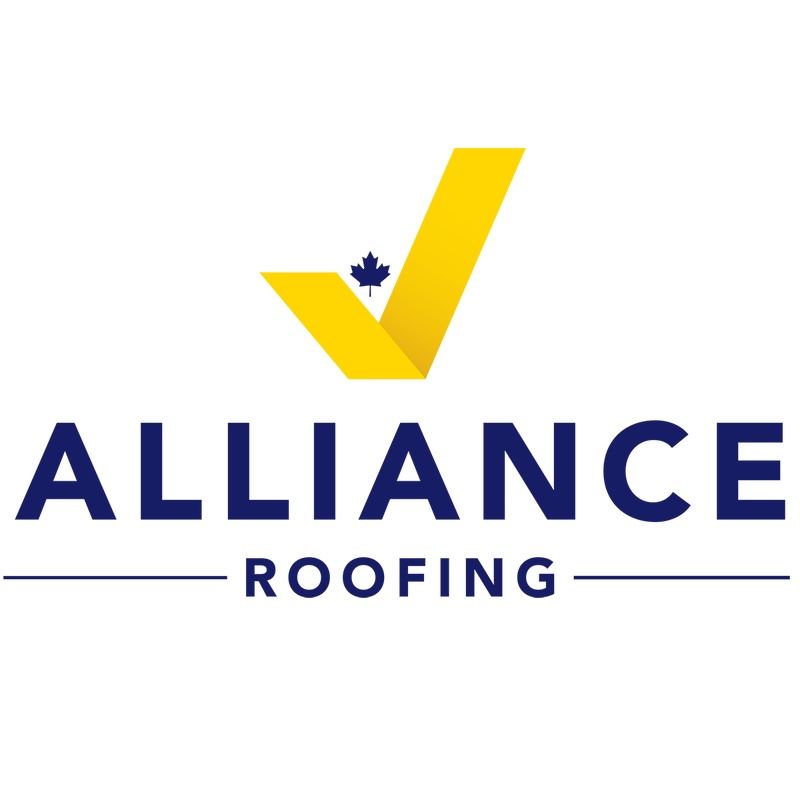Schedule a roof evaluation with a flat roofing professional, this can include a qualified roofing contractor. Commit to doing this sooner than later, you’ll want to catch issues with time to spare to complete any repairs.
Think proactively; use the knowledge of flat roofing industry professionals to develop an action plan. Not only for this year, but an action plan for the years ahead. Your action plan can include running budgets forecasted for years ahead. Stay on top of your flat roof spending. Have an emergency plan. Do you have a trusted and qualified flat roofing contractor you can count on for that emergency repair? Keep their contact information handy! How do I prepare? Your biggest focus before winter hits is that your flat roof is draining properly - with no obstructions. Keep all drainage points (roof drains, spillouts, scuppers, etc.) clean and clear of any debris. Blocked drainage points can be detrimental to a flat roof. It is also good idea to take your flat roof cleaning a step further and ensure the entirety of the roof membrane is kept clean and clear of any leaves, branches, cans, cups, bottles, etc. It doesn’t take long for scattered debris to accumulate at your drainage points, or worse, blow off the roof! All outstanding and new roof repairs should be completed before the winter hits. This would include even a small repair such as replacing any failed caulking. Don’t delay, the price of repair won’t be any “cheaper” next year. Consider what you flat roof protects? Your tenants, your equipment, and your products. It only makes sense you act proactively when protecting these investments. Understand the risks of waiting until it’s too late. Understand the risks of roof failure. Call Matt at 519.400.4022 to schedule an appointment. 1) Make the commitment!
2) Complete regular roof evaluations, twice is preferred (Spring and Fall). 3) Maintain a roof access log for accountability. 4) Asses exterior and interior conditions. 5) Complete a leak survey with a site representative. 6) Asses roof and metal flashing. 7) Keep roof areas free from debris, especially drainage points. 8) Replace failed sealant with new. 9) Follow through with recommended repairs. 10) Document results. Keep your documents handy! Some useful tips from our Health & Safety Coordinator on how to inspect your PPE!
Hard hat: the shell and the suspension should be inspected before each use for signs of cracks, dents, penetration and damage due to impact, rough treatment or wear that might reduce the degree of protection. Safety boots: Inspect footwear for damage - cracks in soles, breaks in leather, or exposed toe caps. Repair or replace worn or defective footwear asap. Hi viz Safety vest: Keep your high-visibility apparel clean and well-maintained. Replace the vest when there are signs of wear and tear, rips, or contamination as it will no longer be able to provide acceptable levels of visibility. Safety glasses: Look for any broken pieces or cracks. Even a small crack can cause eyewear to fail to provide the protection. Keep them clean, store them in a clean dry place and avoid rough handling that can scratch lenses. Harness: Check for cuts, swelling, damage and wear due to use, to heat, and to contact with chemicals. Check the leg loops and shoulder straps; be sure to check the areas hidden by the buckles. Check for rust, wear and tear and check the condition of the safety stitching on both sides. Look for any threads that are loose, worn, or cut. The safety stitching is identified by thread of a different color than that of the webbing. Lanyard: Check the lanyard for wear, damage, kinks, broken strands, corrosion, abrasion and other deterioration. All snap hooks and carabiners must be able to self-close and lock. All webbing and rope must be inspected for tears, cuts, fraying, abrasion, discoloration, or other signs of wear and damage. Rope grab: Rope grabs must move freely up and down vertical lifelines. Inspect for physical damage, cracks, wear and corrosion. Check springs for damage or loss of tension. Check locking mechanism. Check that all parts move freely. Check rivets for damage, cracks, wear, or corrosion. Inspect for faulty components and broken or missing springs. Life line: Grab the rope with both hands and rotate the lifeline. Inspect strands from end to end. Check inner strands for signs of damage, deterioration or chemical deterioration. Check for cuts, broken, fuzzy or worn fibers, modifications, fraying/abrasions, hard, shiny spots or fused fibers/strands due to heat damage. Check for kinks, or knots, discoloration of rope & brittle fiber. Summer is well underway and that means it's hot, hot, hot on those roofs! During the month of June, we focused our weekly safety talks on Sun Related Illnesses and Sun Safety.
Preventing heat related illnesses: PROTECT YOURSELF: Sometimes working conditions can create the possibility that heat illness could occur, these include air temperature, relative humidity, radiant heat from the sun, and other sources like equipment, conductive heat sources such as the ground, air movement, work load severity and duration. Make sure your clothing is appropriate: breathable, loose fitting and light coloured clothing such as cotton. Cotton can be soaked in water to aid cooling. Avoid non-breathable synthetic clothing. Drink water frequently. Drink enough water that you never become thirsty. Sip 1 cup of water every 15 – 20 minutes. Remember drinking large quantities of water, does not adequately replace the body's salt loss. Watch for signs, designate a buddy and ask them how they are feeling. When you recognize signs of heat illness in yourself or in a co-worker: o Move them to a shaded area for a recovery period of at least five minutes o Provide pure, cool water (as much as needed) o Do not leave person, monitor individual until recovery is evident o If the condition appears to be severe or the employee does not recover, then emergency medical care is needed. PREVENTING HEAT-RELATED ILLNESSES: Heat Rash: Wash regularly to keep skin clean and dry Heat Cramps: Reduce activity levels and heat exposure. Cramps may occur during or after work hours. So monitor yourself, if you experience any of these symptoms after work, you should act appropriately. Get medical attention if needed. Fainting: Reduce activity levels and heat exposure. Drink fluids regularly. Move around and avoid standing in one place for too long. Workers should check on each other to help spot the symptoms that often precede heat stroke. Heat Exhaustion: Reduce activity levels and heat exposure. Drink fluids regularly. Workers should check on each other to help spot the symptoms that often precede heat stroke. Heat Stroke: Reduce activity levels and heat exposure. Drink fluids regularly. Workers should check on each other to help spot the symptoms that often precede heat stroke. Our friends at the Children`s Foundation were kind enough to recognize our support in the community by featuring us in their monthly newsletter: When you enter the doors at Alliance Roofing here in Guelph, you will first be greeted by Stella, the gentle giant German Shepard. After a quick belly rub for Stella, the Office Manager, Cheryl (and Stella’s mum), will greet you with a warm smile and welcome you in. There is a comfortable community feel to the office that is fostered by those who work there. Alliance Roofing is a family-run roofing business that has been in Guelph for twenty years. The President, Glenn Schwantz, truly believes in the importance of family and giving back to the local community. He understands the challenges that local families and children are facing and wants to support them whenever he can. “An important part of our vision here at Alliance is to continue our commitment to the growth and vibrancy of our local communities,” says Glenn. Alliance began their support of the Children’s Foundation back in 2013 when they came on board as a Sponsor for the Around the World Gala. Over the years, they got more and more involved, stepping up as a SOAR sponsor, Fore Our Kids Golf Tournament Sponsor, Adopt-A-Family Supporter and a Future Fund Scholarship Sponsor. “We love sponsoring the events the Children’s Foundation puts on,” says Marketing Manager Robin Parsons. “They’re so much fun, so well organized and best of all, we’re helping the kids in our community. Glenn believes kids are our future and he wants to make sure they have a good start in life to set them up for success in their future. We all do. That’s what we consider when we’re looking at giving back.” The team even volunteered at Trees for Tots this past January. Alliance sets a gold standard for companies supporting their local community and we are truly grateful for their continued support. They have given so many children and youth opportunities to grow and succeed. Glenn believes the programs the Children’s Foundation offers are so worthwhile and that they foster healthy, bright and happy youth and they’re proud to support them. Alliance Roofing is a hardworking, kind and generous group of people who take pride in their work and have a strong community spirit. Thank you so much Alliance Roofing for all of your incredible support! https://www.childrensfoundation.org/home/latest-news/alliance-roofing-building-a-vibrant-community
How do you know? Let’s cut to the chase! Get an honest qualified opinion from multiple sources. This includes engineers, consultants, or qualified roofing contractors.
Schedule a roof evaluation! Do some research! The question is always interesting on whether owners or property managers have had a roof inspection completed within the last 12 months, and had the results documented. Not a lot of hands go up. Why? Next to the foundation, the roof is arguably the next most important part of a building. No other building component takes as much varied abuse as the roof. The sun, rain, snow, wind… foot traffic, vandalism, chemical spillage, animal feces… the list continues…never forget the roof protects your assets inside! Generally speaking roof replacement is only necessary for two reasons:
If issues are spread across the entire roof area and they equate to approximately 25% of the roof area, likely a replacement is necessary. A roof replacement can be considered a costly inconvenience and should be your last resort! |
ALLIANCE ROOFINGAlliance Roofing is Canada's leading flat roofing contractor. Archives
August 2023
Categories |

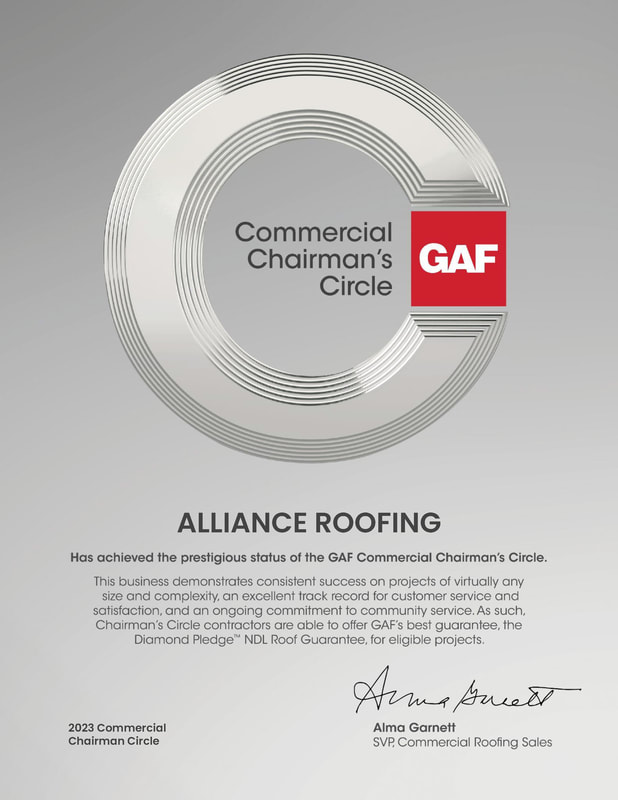
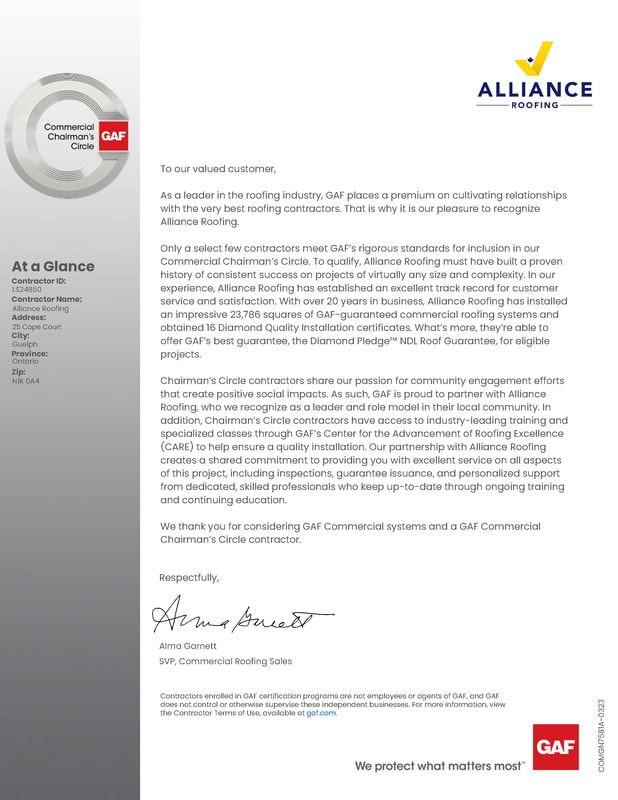
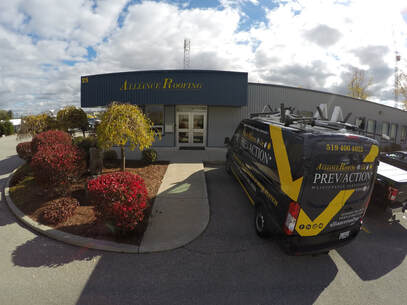
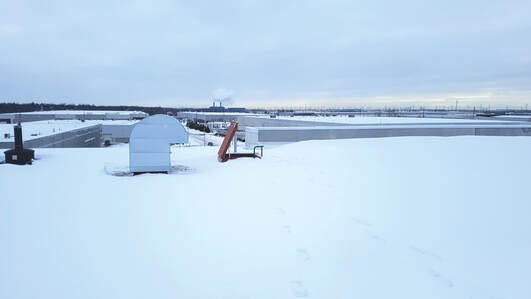
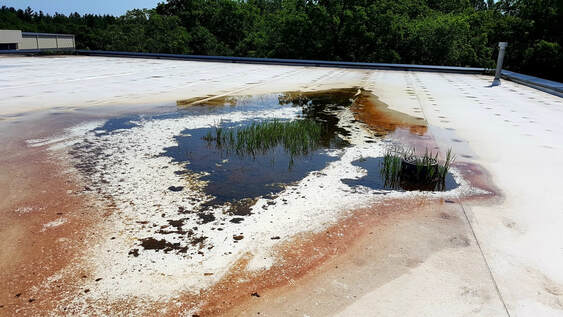
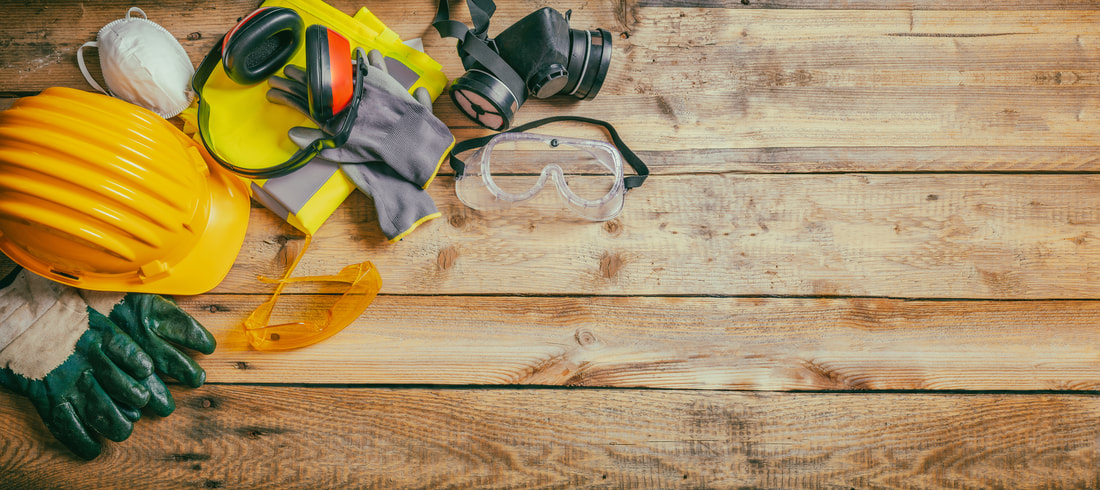

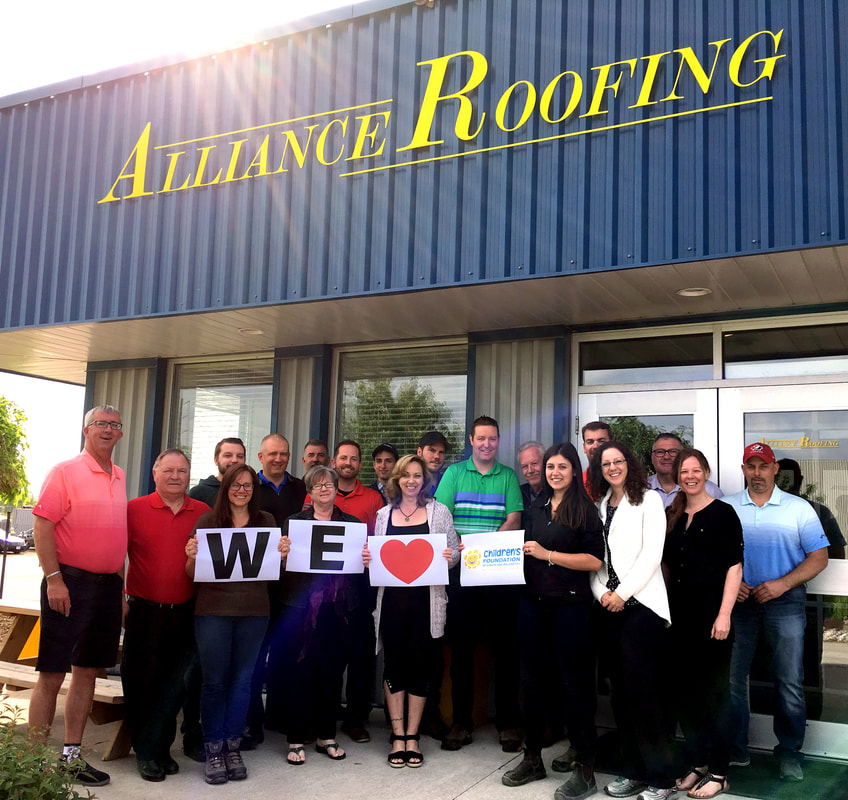
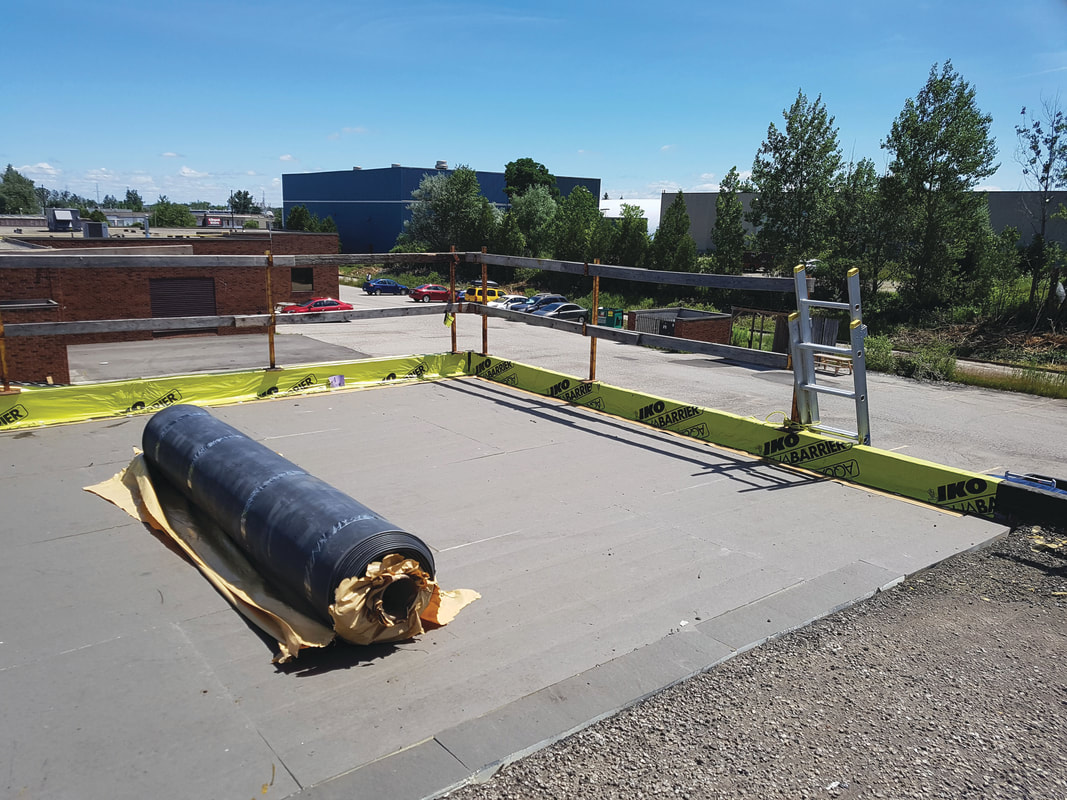
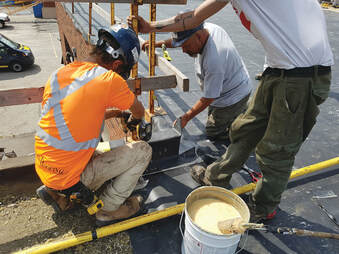
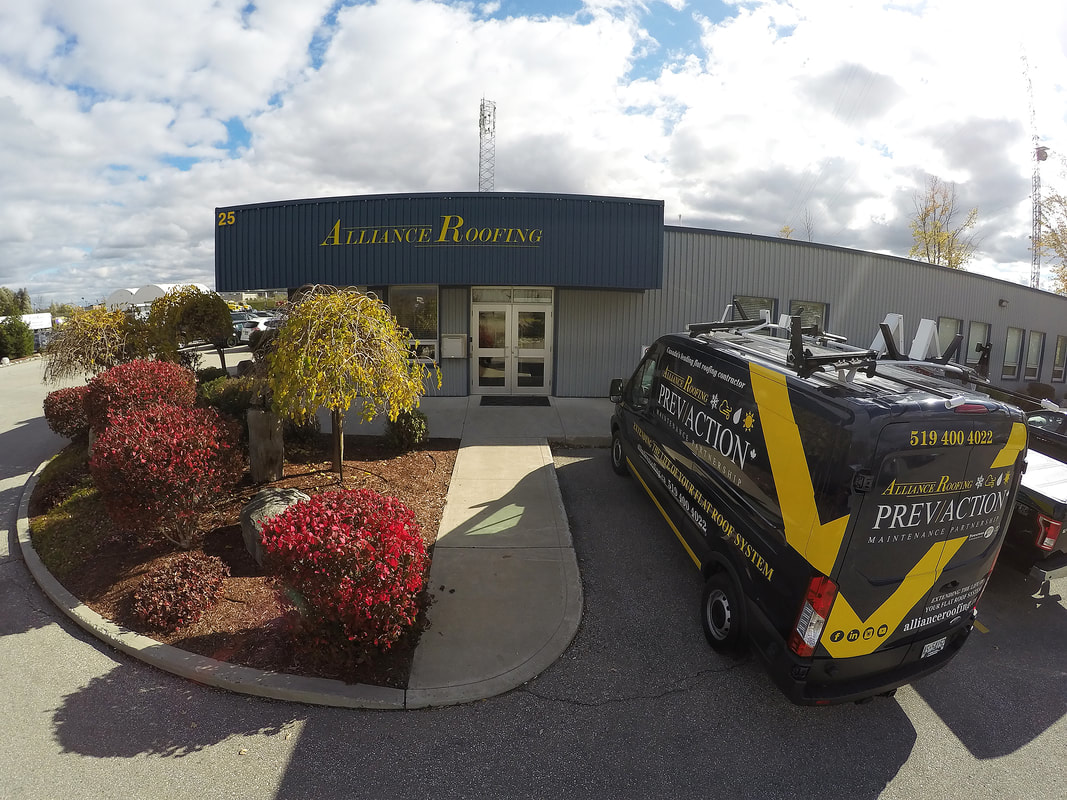
 RSS Feed
RSS Feed
